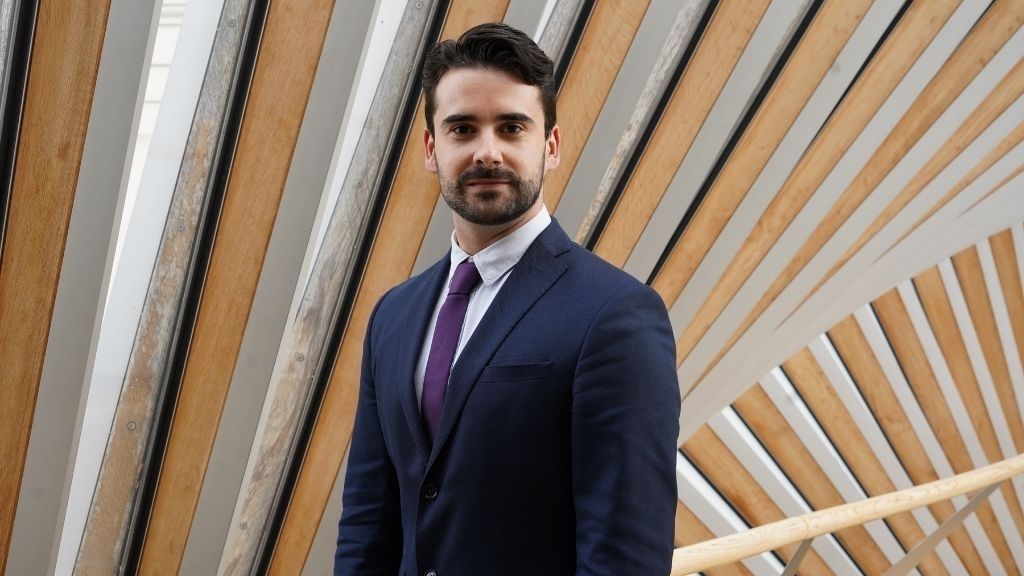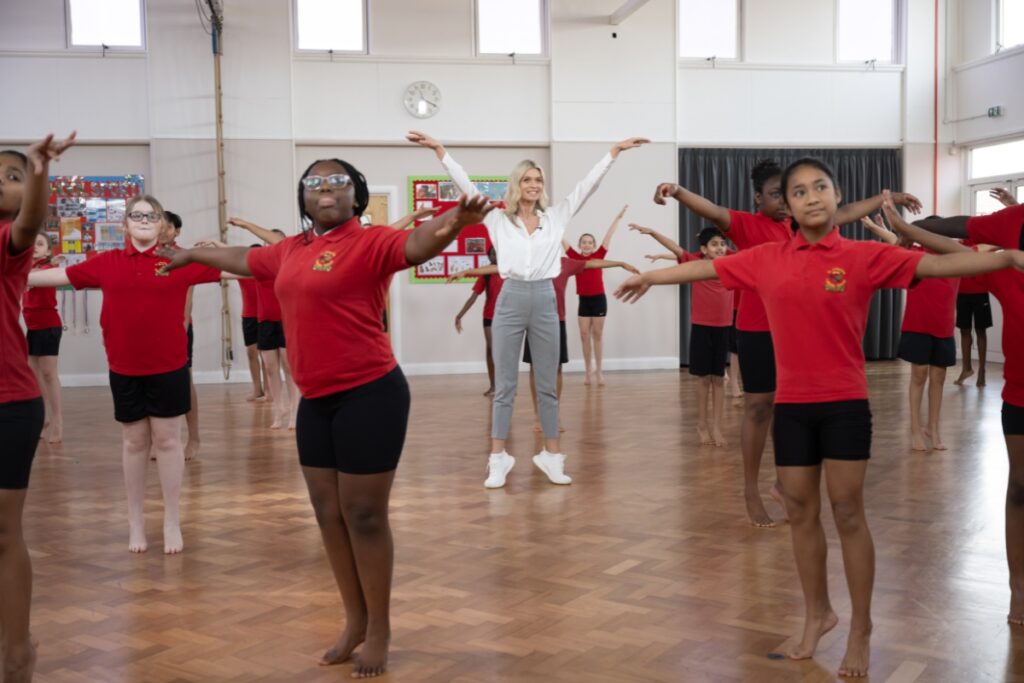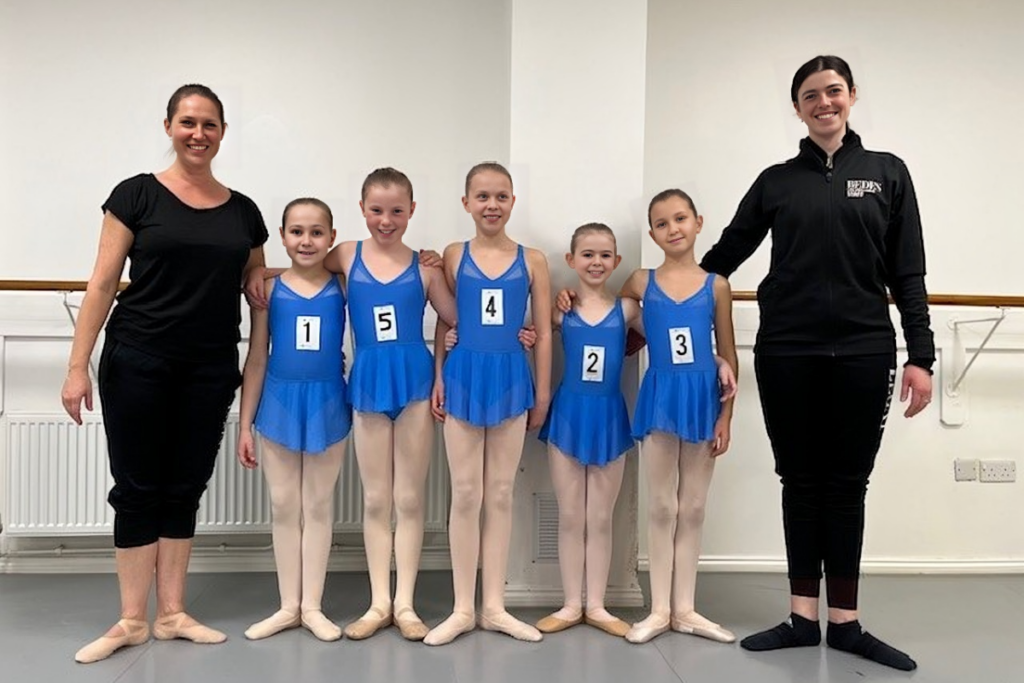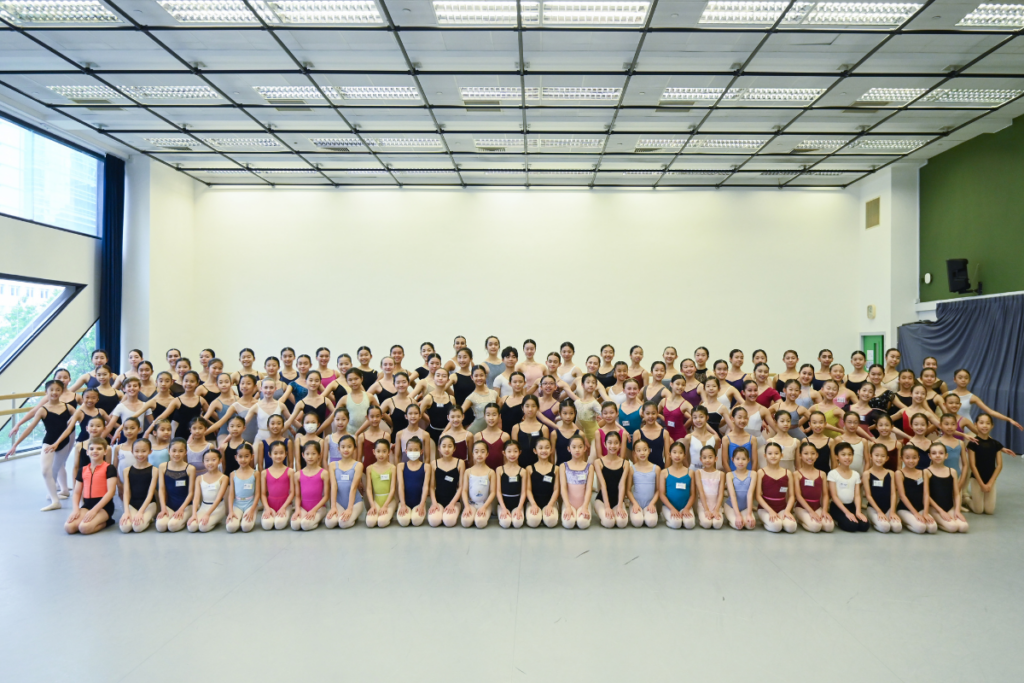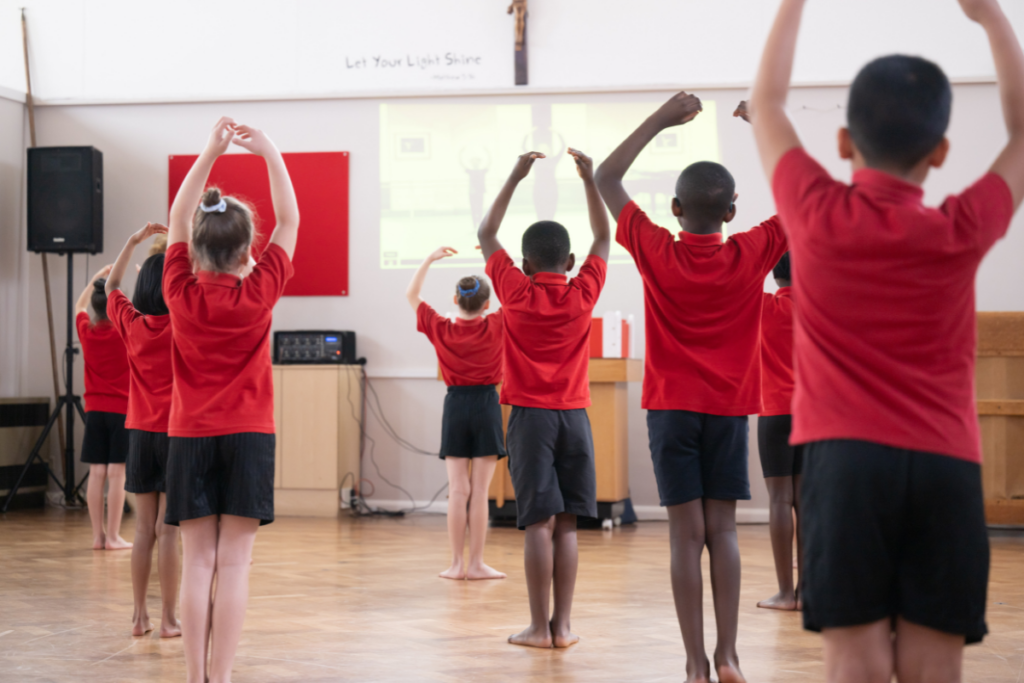In conversation with José Carayol
In September José Carayol joined the School as Artistic Manager of the Foundation Programme at White Lodge. We’re delighted that he took the time to share some of his insights with us here.
It’s wonderful to have you here at the School! How do you feel about your appointment?
I’m really happy to be here and so grateful for this opportunity, which I think comes at exactly the right time in my life and in my career. I don’t take this appointment lightly but with a lot of enthusiasm. I’m also very excited to have joined the team at The Royal Ballet School at a time when the organisation is going through some exciting changes.
How would you describe the Foundation Programme at White Lodge?
The Foundation Programme is the first programme at The Royal Ballet School and it comprises Years 7 to 9. In this programme we give the students the foundations of The Royal Ballet School’s System of Training and introduce them to genres that will develop their creativity and imagination, to support their journey as they grow into the artists of today. This programme happens at a crucial time in the development of these students (11-14 years old) and our goal is to ensure they have a supportive and holistic system in place that will allow them to safely develop, prevent injuries and build the roots for a successful career. The focus is not only on training dancers but educating the human being as a whole while creating a diverse, equitable and inclusive environment for all.
How did you first start out as a dancer? What do you remember about your early experiences with dance training?
I’m originally from Ibiza, Spain. I come from a lower-income family and therefore I didn’t have much access to the arts, which were very expensive for my family. I started dancing in a small school on the island doing the Royal Academy of Dance syllabus. I originally went to the school after seeing one of their performances in the Carnival parade and wanted to do jazz and tap, but my teacher said if I wanted to be part of the school I had to do ballet. So, after thinking twice, I decided to sign up and face the fact I had to wear tights, which wasn’t easy in the community I lived in!
Besides ballet, my first teacher taught me that it doesn’t matter where you come from, what matters is how you use your creativity and your full potential to create something extraordinary. Later on, at aged 14, I packed my bags and moved to Madrid on my own to start training with Victor Ullate, Carmen Roche and Orlando Salgado, to name a few. I was given my first professional contract at aged 15, and the rest is history!
What’s the best advice you were given when you were training?
The most important thing that I was ever told was to understand that ballet is an art form. Even though we are considered elite athletes, it’s not a sport, it’s an art form and has to be treated as such. Your aim is not only to train to become a professional dancer, it’s to train to find the artist within you. We have to see beyond the technique – you don’t perform the steps, you become the steps and the reality is that when ballet is done well, it looks easy, something a true artist can achieve. Ballet encompasses so many areas besides the physical elements; your connection with the music, the history appreciation, becoming a character, the storytelling without the use of words, the portrayal of emotions, I could go on and on… but the magic happens when you join all the dots, and that becomes your art.
I always like to work with the philosophy that we’re not only training dancers, we’re inspiring the artists that are going to become the next generation across all art forms, which will then nurture many generations to come. It’s a big responsibility. Throughout my time as a teacher I’ve trained a lot of people, many that are still in the industry but others that have not turned into professional dancers and because of this philosophy, they are now incredible artists in other fields.
What are some of the highlights of your teaching career?
I’ve been very fortunate to have had an overview of the whole 360 degrees of ballet training. I’m very proud to say that after retiring as a dancer, I was able to start teaching 6-year-olds and progressed to eventually direct the Studio Company at The Joffrey Ballet in Chicago, USA. Understanding the full life circle of a dancer was something I always wanted to do. That theory provides me with valuable tools to help a dancer at whatever stage of their career which makes me feel incredibly fulfilled as a teacher. I would hope that thanks to that, I have a way of bringing out the best in whoever I’m teaching.
I will always say that the best highlights of my career are the students. I have been fortunate enough to train incredible artists that are now inspiring audiences all around the world. Seeing them succeed makes me incredibly proud, but witnessing their happiness fills me with joy.
What are you most excited about in your new role at the School?
It’s always really exhilarating to be part of something that you really believe in, and I feel that at The Royal Ballet School we have a structure in place that is truly planting the seed for the younger generation to be successful in whatever they decide to do. This young generation has a very different scenario and a place in the world different to any that’s gone before. The pros and cons of social media have a major impact on their development as artists and human beings. Living in a world with infinite access to media, something that previous generations didn’t have, can make you vulnerable but at the same time, is also empowering young generations to know they can have a voice and that they will be heard, which is something we support here.
In my new role at the School, I feel like I have an important duty to this generation – appreciating the past, understanding the present and keeping our eyes towards the future. We must protect, nurture and empower the dancers of today to find their journey towards happiness in life, and also, prepare them to overcome any challenges that could come through their paths. It is a difficult balance to achieve but understanding what happens emotionally and physically at any stage of a dancer’s growth is paramount for educators to help students navigate the challenges. At the School, we are committed to making the students play a more active part in the learning process which not only gives them more confidence to effectively communicate their feelings, it also helps them understand that collaboration, teamwork and being kind to each other are the foundations to a healthy society.
What would you say are things that today’s dancers need to be aware of when they’re starting out? What advice would you give?
We have to understand that ballet is ballet, it’s hard for everybody, but I would encourage them to look at the journey with curiosity and focus on exploration rather than expectation. They need to allow themselves to make mistakes and to look at what they think is a failure as a learning opportunity. There is so much feedback and information to be gained when things don’t go the way we expect. With social media very present, we are constantly comparing ourselves to where we think we should be, and sometimes that means we are missing the beauty of the journey to get there.
I often look at ballet as the infinite search for (im)perfection but we want to make sure we make that search a fulfilling path.
I also think that because everyone spends so much time on their phones in today’s world, and especially after a pandemic, we are losing our appreciation for live art. I encourage all students that are starting out to go out there and visit museums, exhibitions, go and see plays, musicals, concerts, etc. take a break from the screen and fill your day with live art. Your senses will enjoy it and your appreciation for the work of others will make you a valuable member of the arts community.

